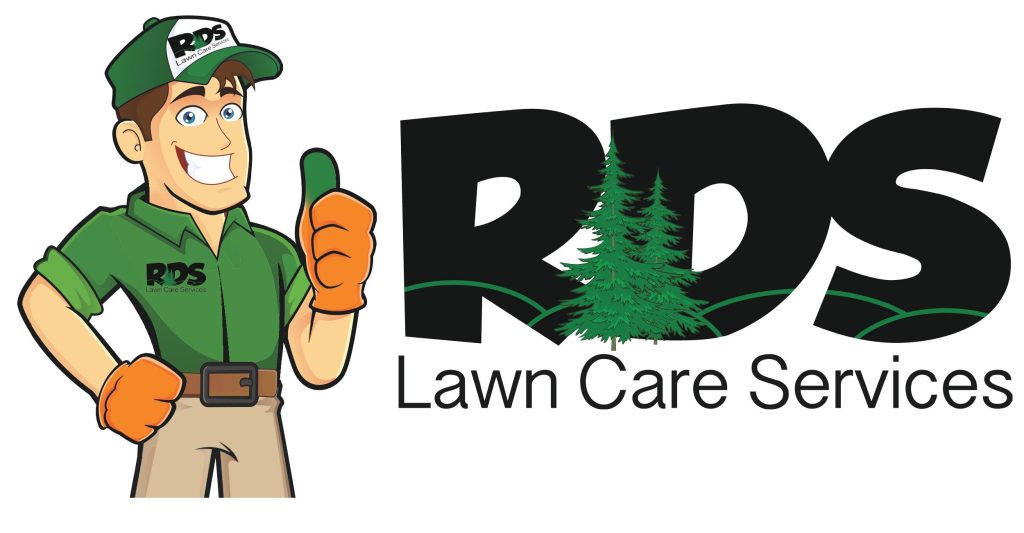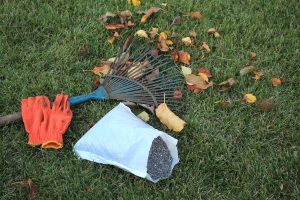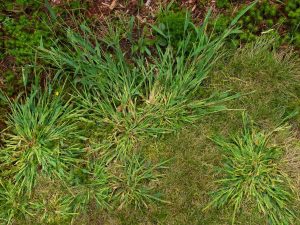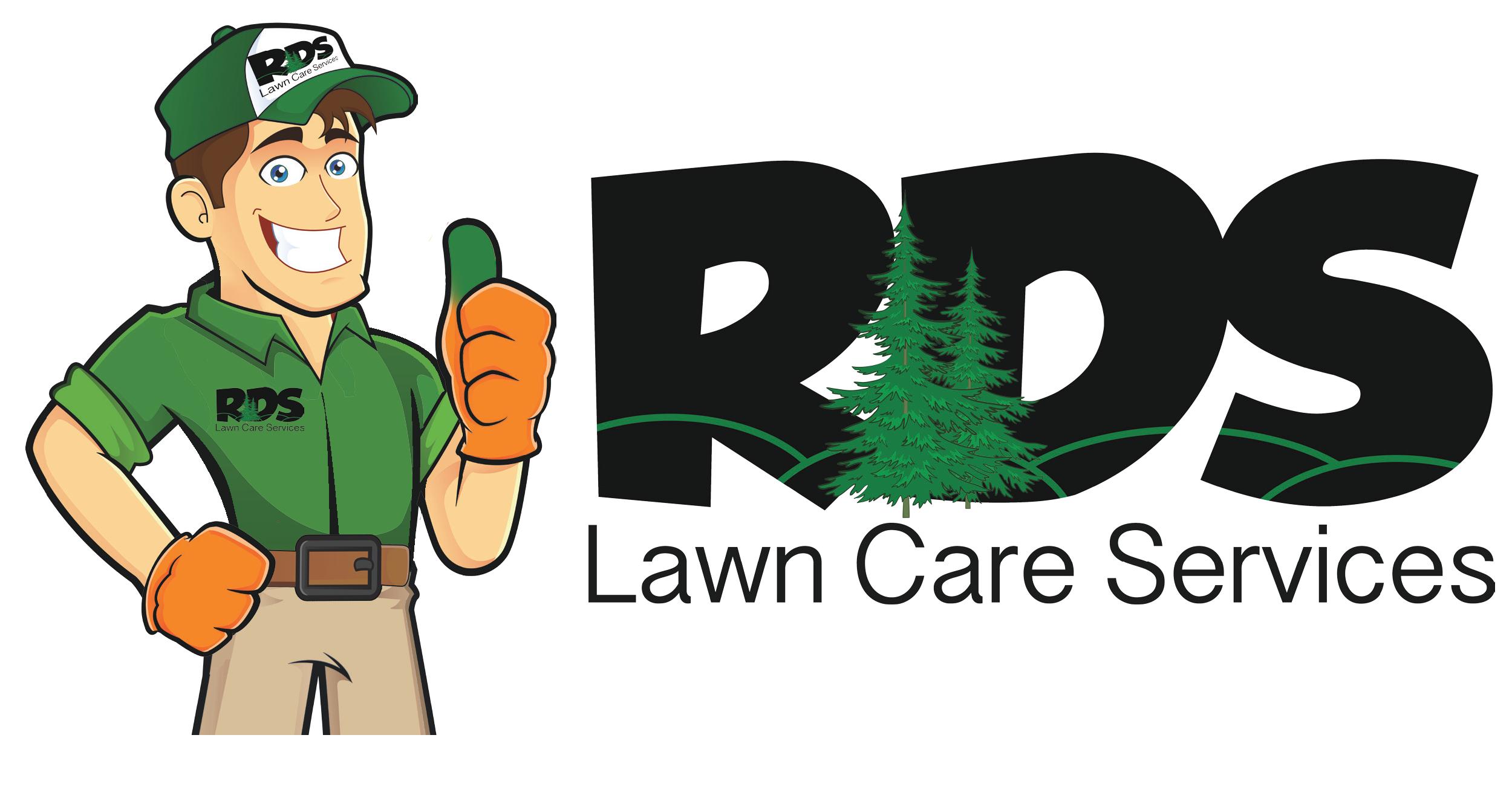 When in a battle or competing against some kind of opposing force, it is usually beneficial to understand exactly who it is you are up against. By understanding your enemy, you gain insight into their strengths and weaknesses. Knowing their strengths and weaknesses allows for you to plan accordingly and develop strategies to help you overcome the opposition. Luckily, this same game plan works for combating the enemies in your yard – weeds. Weeds are an enemy to any yard, so why wouldn’t you want to know everything about them you could in order to protect your lawn and the landscape around your home?
When in a battle or competing against some kind of opposing force, it is usually beneficial to understand exactly who it is you are up against. By understanding your enemy, you gain insight into their strengths and weaknesses. Knowing their strengths and weaknesses allows for you to plan accordingly and develop strategies to help you overcome the opposition. Luckily, this same game plan works for combating the enemies in your yard – weeds. Weeds are an enemy to any yard, so why wouldn’t you want to know everything about them you could in order to protect your lawn and the landscape around your home?
Different Kind Of Weeds – Charlotte, NC
There are about 32 different kinds of weeds that can pop up in your yard, such as dandelions, crabgrass, and purple nutsedge. Some weeds are simply obnoxious, while others can be just noxious. There are three main categories that these weeds can fall into – broadleaf, sedges, and grassy. These can also be broken down into categories based on their lifespan – annual, biennial, and perennial. Being able to identify what weeds you are combating can help you find solutions to weed control.
Broadleaf Weeds
Characteristics of broadleaf weeds include larger leaves along a stem. Their leaves are broader and expand more than the sedge or grassy weeds. Broadleaf root systems can either be a fibrous root, a tap root, or some combination of the two. When broadleaf weeds grow, they can grow upright or grow outward, spreading out to create a blanket of weeds. Being able to identify broadleaf weeds early on can help prevent the spreading of these weeds and manage them before they take over.
Sedge Weeds
Sedge weeds can look similar to grassy weeds, but they do have their differences. Their leaves are thin and flat, and they usually are bunched in threes. Their stems are triangular, and they don’t have nodes on them. Their root systems can creep in multiple ways, whether it is the roots themselves while underground or the plants above ground. They can also have tubular roots.
Grassy Weeds
The leaves are long and narrow and have two parts: the bottom is called the sheath, and the top is called the blade. Grass weeds are usually flat or round stems with blades of leaves or tips on the ends of those blades. They have a fibrous root system, making it difficult to remove them by simply hand-pulling them out. Grassy weeds can also grow in bunches, or they ‘creep’ as they spread out along their root system.
Monitor And Maintain
By knowing what to look for to identify the different types of weeds, you can monitor and maintain the look of your yard or property to combat the weeds you may find. Our team at RDS Lawn Care Services has a knowledge and understanding of weeds and how to combat whatever weeds you might find in your yard. We can customize our services to meet your needs and keep your lawn looking its best. Give us a call today for more information to see how we can help you get a game plan set up against those unwanted weeds.




